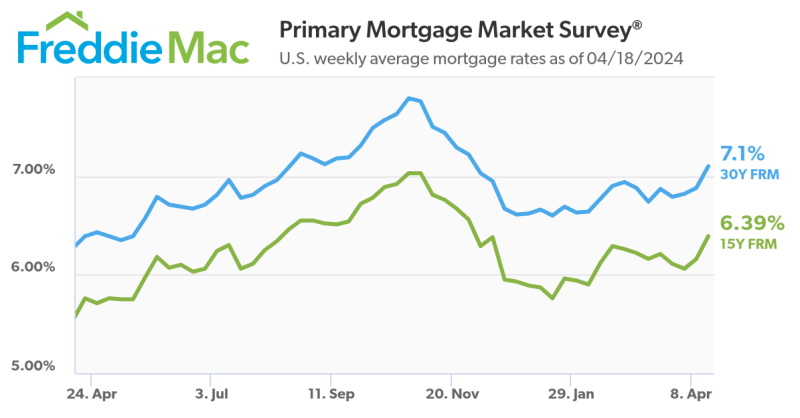Advertisement
Mortgage technology and beyond: A closer look at Icalc
AVMs have their place in the mortgage industryCharlie Elliott, MAI, SRAAutomated valuation models, real estate appraisals
Throughout the mortgage industry, there has been a great deal of
discussion about AVMs lately. Some people love 'em, others hate
'em. There are valid reasons for both. But the fact of the matter
is that AVMs can be a useful tool when used in the right
situation.
Just to make sure we're all on the same page, let me make it
crystal clear what we're talking about. AVM is short for Automated
Valuation Model. An AVM is a computer-generated evaluation that has
been developed from general real estate data which has been
collected from multiple listing services, county property tax
departments, local register of deeds offices and other similar
databases. Statistical models of varying levels of sophistication
are applied to this data. Many, and perhaps most, AVMs use some
sort of multiple-regression analysis as the basis for their value
calculation. This could perhaps best be compared to a scatter
diagram, where price is on the horizontal axis and the square
footage of living area is on the vertical axis. A value per square
foot is then selected in the approximate area where the
preponderance of dots is centered. The results of these evaluations
vary from being very reliable to being worthless and misleading.
Their effectiveness depends on the availability of relevant data
and the use of appropriate statistical models.
When the AVM was introduced not too many years ago, some people
thought that it was the beginning of the end of the real estate
appraisal industry as we know it. After all, they were much cheaper
and, perhaps of even more importance, there was quite a bit less
turnaround time involved with an AVM compared to that of an
appraisal.
Most knowledgeable people now realize that the real estate
appraisal industry cannot be replaced by AVMs. After all, without
human inspection of the property and with little, if any,
verification of the data, an AVM tends to be less accurate than an
appraisal. Despite their shortcomings, however, AVMs aren't going
away either. One way to look at this is when you're sitting at your
desk, sometimes you feel it is necessary to use your fine
stationery with the company logo on it and other times you find it
more practical to use scratch paper. The same principle can, in
effect, be applied to use of appraisals and AVMs. Sometimes loan
officers use AVMs before they order more expensive and
time-consuming appraisals. AVMs can also be used as a review tool
to evaluate appraisals.
Furthermore, AVMs can be used as a stand-alone product in
certain situations. The best example is that of a low-risk loan
where the value of the collateral is secondary. Of course, the
underwriter and the company that is actually funding the low-risk
loan must decide whether an AVM can be accepted in lieu of an
appraisal.
Fannie Mae and Freddie Mac actually accept
AVMs on some of their loans, but not on loans where significant
risk is involved. These organizations are relatively conservative
as far as AVM usage goes and the risk factor must be extremely low.
These government-sponsored enterprises (GSEs) would be more likely
to accept an AVM where the loan-to-value ratio is very low, maybe
50 percent or less. Even then, they would most likely be interested
in substituting an AVM if the borrower has excellent credit.
Underwriters, originators and mortgage brokers commonly use AVMs
as a screening tool. Let's say a broker has 20 leads per month and
spends $20 on each of them. Using that $400, the broker can
eliminate perhaps half of those leads that aren't worth his time,
and they can focus on the 10 quality leads, making more effective
use of their time.
Since AVMs first appeared on the marketplace, this facet of the
industry has evolved. Today, there is more data available than
there was in the past, a boost to the accuracy of these evaluation
tools. Furthermore, a lender has more AVMs to select from than the
limited amount available when this type of real estate valuation
was introduced to the market. Even though many people in our
industry pooh-poohed this evaluation concept in the beginning, most
major appraisal companies offer some type of AVM these days. In
fact, some companies that offer AVMs now offer a number of
them.
Some offer cascading AVMs. Cascading AVM platforms offer
customers a variety of AVMs rather than just one, which has
historically been the case with most AVM vendors. Given that each
AVM is unique and may or may not prove to be available in some
geographic areas, the availability of the multiple AVMs is
attractive to customers having business over a broad geographic
area.
The term cascading is used to describe the way the process
works. One AVM at the top of a list of available AVMs is first
considered by the platform. If no results are achieved, the
platform then proceeds to the next available AVM and continues down
the list until one is found that is capable of evaluating a given
property. This type of system is becoming a favorite among
customers and vendors alike since it is a more efficient way of
delivering evaluations to the customers. This does not guarantee
that a suitable sum will be found, but it greatly improves a
customer's chances for this to happen.
Despite their shortcomings, AVMs offer many benefits. It's just
a matter of determining the need and purpose for the valuation to
decide whether or not to use an AVM instead of a full service
appraisal.
Charlie W. Elliott JR., MAI, SRA, is president of ELLIOTT
& Company Appraisers, a national real estate company. He can be
reached at (800) 854-5889, e-mail [email protected] or visit www.appraisalsanywhere.com.
About the author





